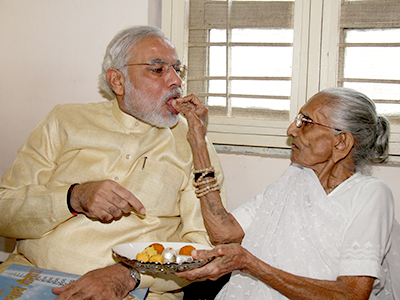Q: When did you know you wanted to become a Nuclear Engineer?
Steinman: My junior year in high school I attended the Jackling Institute at the University of Missouri – Rolla (UMR) and got to spend a day in the research reactor. I was hooked from the first time I got to sit in the reactor operator's chair.
Q: What was your college experience like?
Steinman: I went to a small school that at the time had a 4-1 male-female ratio. It took a semester or two to get used to being the only female student in class most of the time, but once I got used to that, college was great! I made several life-long friends.
My freshman and junior years were the most difficult. The freshman year was hard trying to figure out how to balance school, new friends, homework, and extra-curricular activities while still trying to get an hour or two of sleep during the week nights. My junior year was hard because that is when all of the hard-core engineering classes ended up lumped together. There were 18 NE students and we all attended class together, studied together, and relaxed at the town bar together on Thursday nights. When it was all said and done I would not have given up any of my college experiences.
Q: Did you co-op while you were an undergrad?
Steinman: No, but I had a summer internship at Argonne National Laboratory and worked on campus as a health physics technician for three years.
Q: How did you get your first job?
Steinman: A friend from graduate school recommended me as her replacement when she relocated when her husband finished graduate school. During my interview the owners of the company told me that they had seen my presentation at the 1998 Student ANS meeting and at the MI-ANS Student presentations meetings in 1999 and 2000. These presentations heavily influenced their decision to make me an offer for permanent employment.
Q: What's the most rewarding thing about being a Nuclear Engineer?
Steinman: I love what I do; the tasks and challenges are always changing and evolving, which keeps the job exciting. Every day I have the opportunity to learn something new.
Q: Do you have a mentor? Or did you in your college years?
Steinman: During graduate school, Ruth Weiner of Sandia National Laboratories serviced as my mentor. She was the outside member of my doctoral dissertation committee, took the time to introduce me to colleagues at ANS national meetings, and regularly provided advice on a variety of personal and profession topics. These days I try to return the favor by participating as a mentor at ANS meetings.
Q: Do you find yourself working more in a team situation, or more alone?
Steinman: This really depends upon the size of the project. The last two large projects we have worked on, I acted as Project Manager, so these projects were definitely more team oriented; however, I usually get at least 1 project a year that I do all by myself.
Q: Do you find you are able to balance work with social/family life while working in your current job?
Steinman: I work for a small close-knit company. Since most of my family lives elsewhere in the US, my husband and I tend to socialize with co-workers. However, I rarely feel like my job is intruding into my personal life.
Q: If you had to do it all over again, would you still become a Nuclear Engineer?
Steinman: Absolutely! I love working in the Nuclear Industry. I take every opportunity I get to talk to local high school students about the variety of working in this field.
Q: Did you think that school prepared you for the way the work gets done in the real world?
Steinman: School teaches you how to solve problems given a specific set of input parameters. In the real world, you have to find and decide upon the appropriate input parameters. I did not feel like school prepared me for making those decisions, but I was able to learn how to decide fairly quickly on the job because I at least knew how to solve the problem once I adequately defined the problem.
My undergraduate preparation was a lot more like what I do for a living than my time in graduate school, but this was not unexpected since I did not go into academia or research following graduate school. However, there was a substantial learning curve once I got into the working world.
Q: Where do you see jobs for Nuclear Engineers in the future? What should students be doing to prepare themselves to take on those roles?
Steinman: A nuclear engineering degree today is quite different from what it was in the 1960s and 70s. Back then nuclear engineering was primarily power engineering, but today nuclear engineering is everything from medical physics to homeland security to power production. In many cases, a nuclear engineering degree is more nuclear science than engineering. If we hope to build new nuclear power in this country, students interested in nuclear power need to learn as much as the possibly can from the engineers that built the currently operating plants. Otherwise, we will have to get all of the engineering from overseas.
Q: What other advice do you have for students?
Steinman: School prepares you to solve problems, but usually, these problems are "well defined." When you get into your first job, very little of your work will be as "well defined" as the problems in school were. You might feel a little lost at first. Don't be afraid to ask for help defining the problem, because once it is defined, you'll have the skill set you need to solve it.
 Explore different types of engineering
Explore different types of engineering



